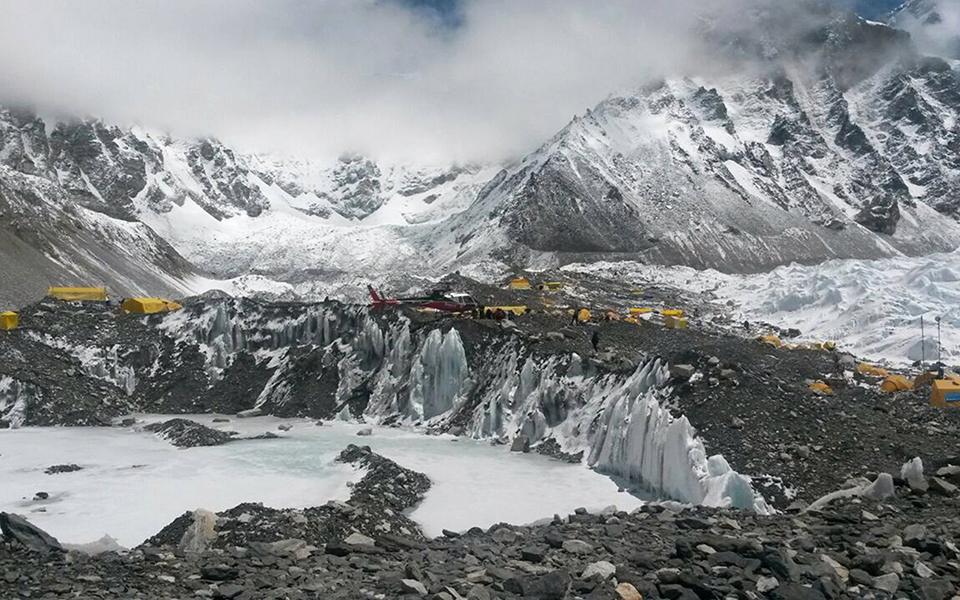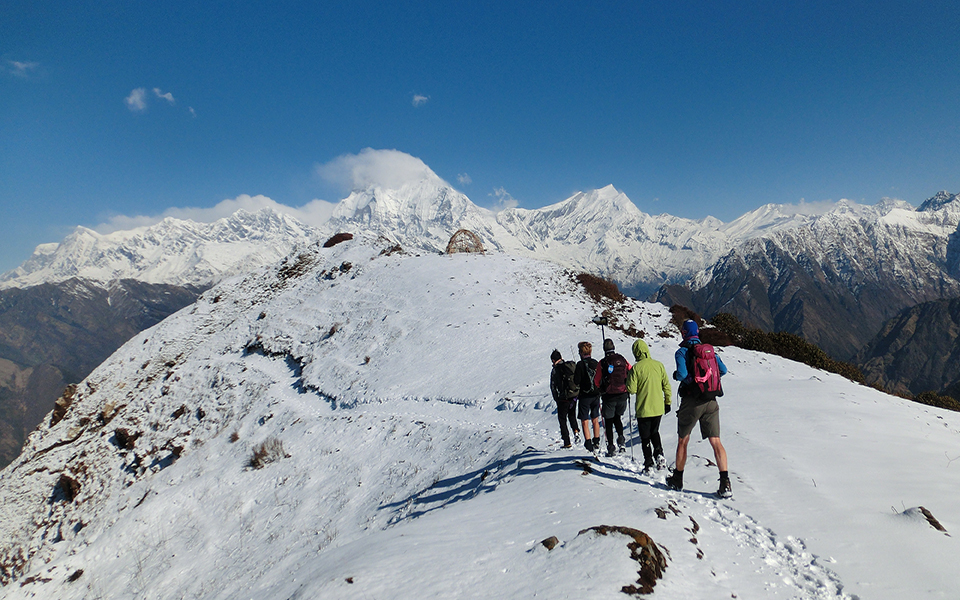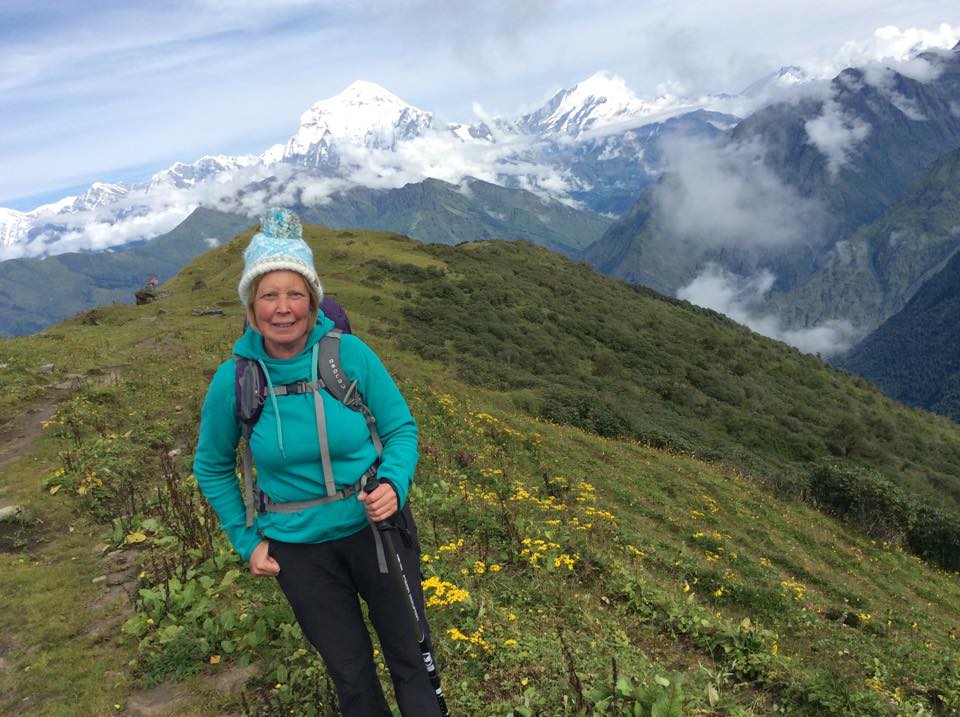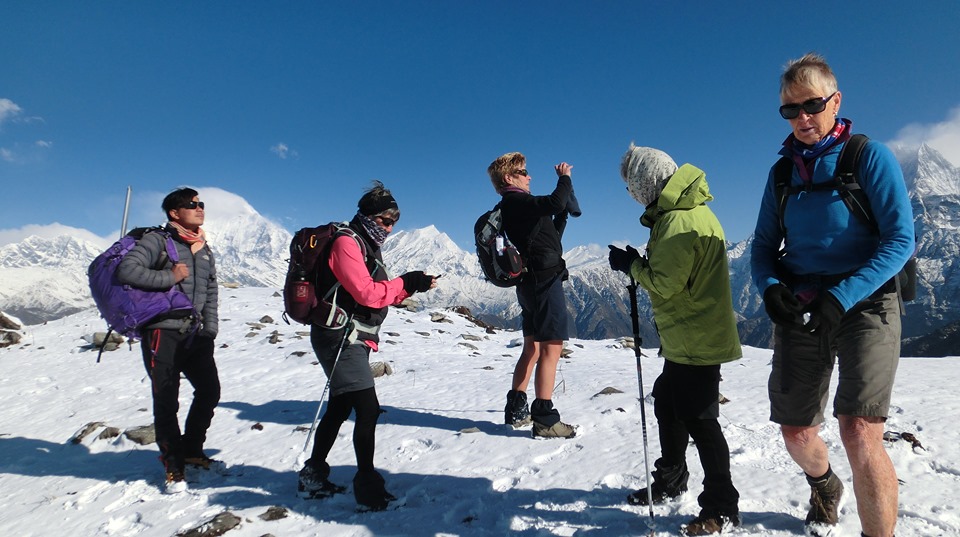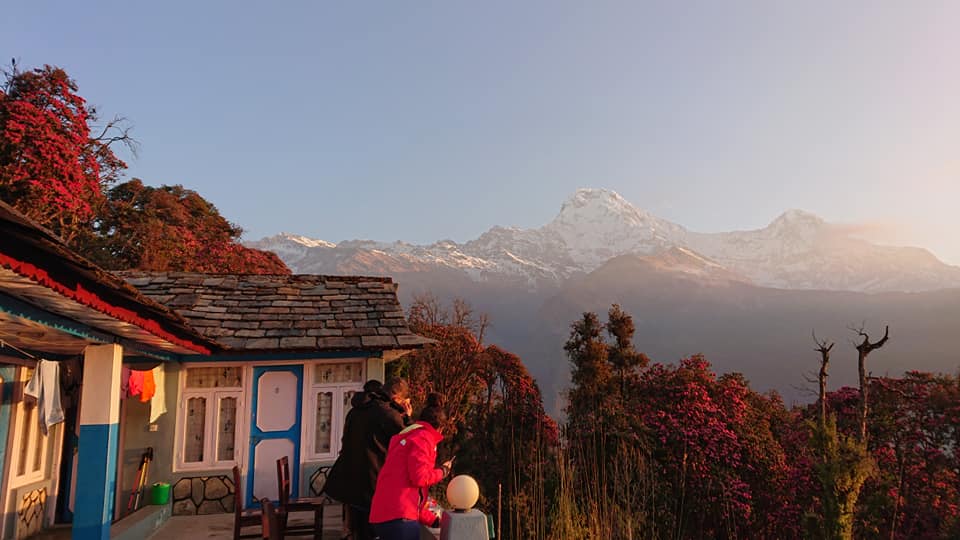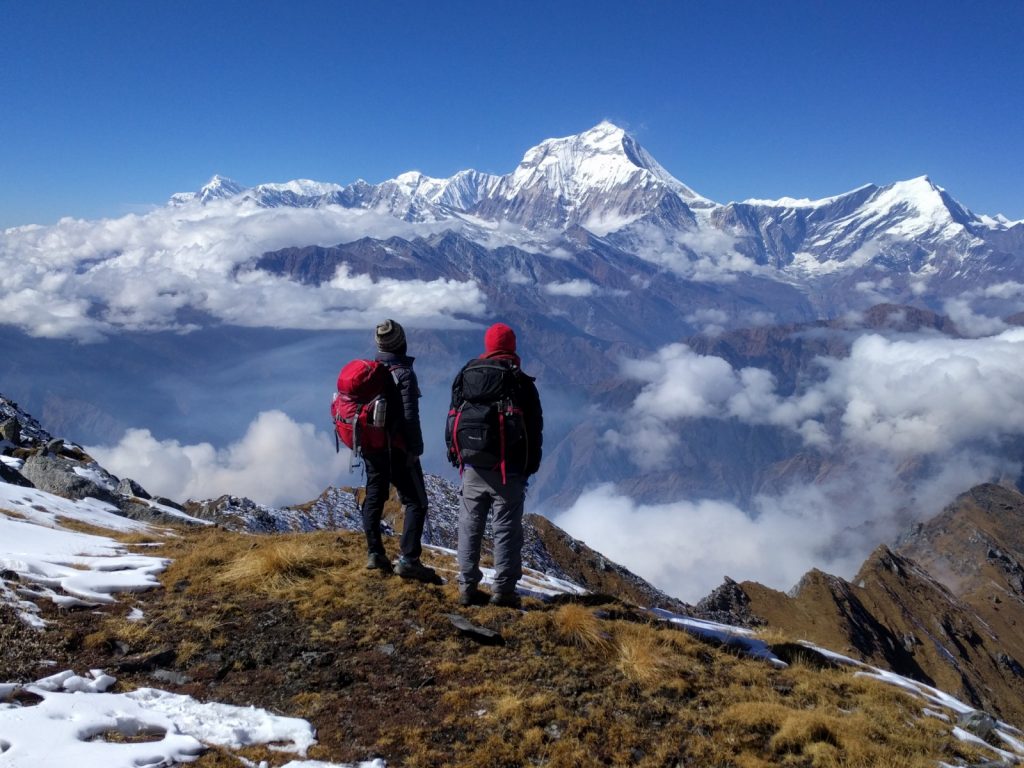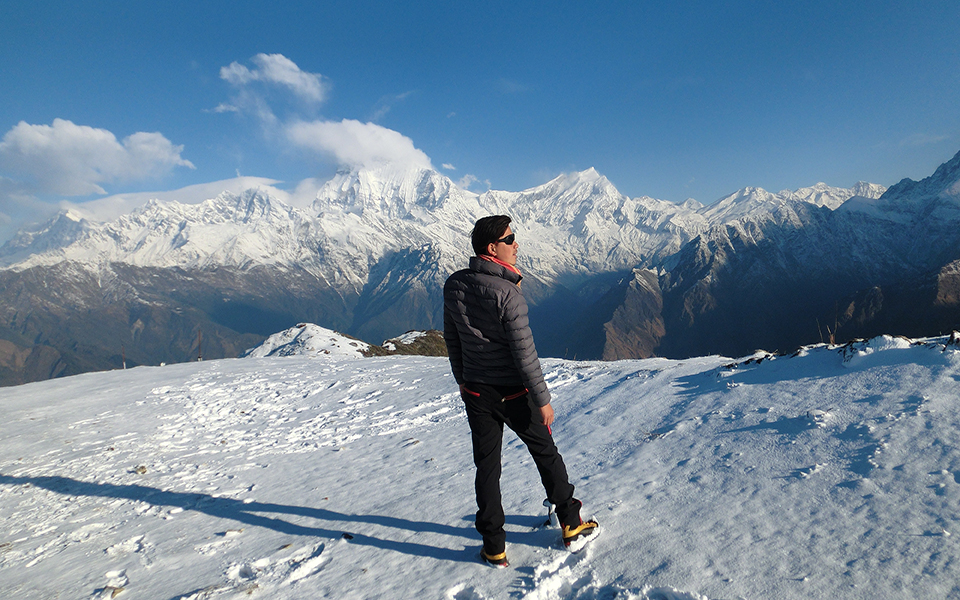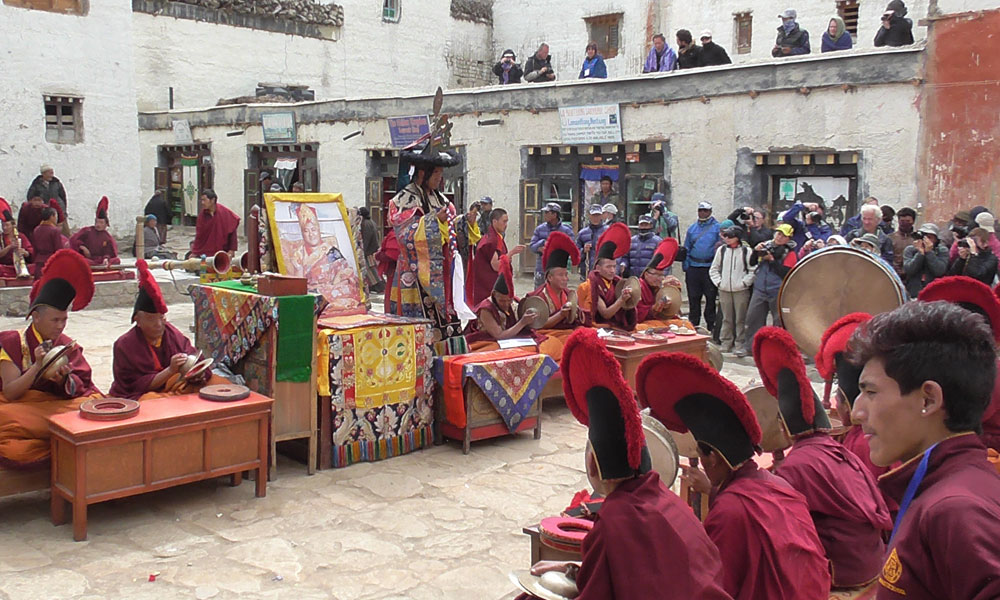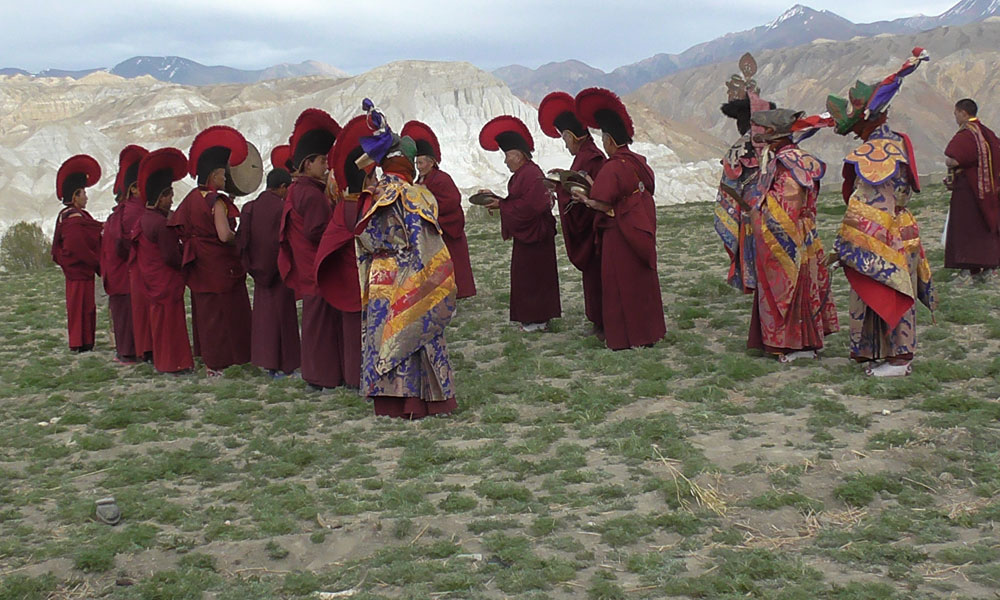Everest Base Camp Trek in spring offers a unique colorful Camp set at Base Camp of Mt. Everest with sweeping mountain views and is located at the higher point of Khumbu valley which is standing on 5364m. Lukla is the gateway of the Everest region and whereas starting and ending point of the Everest Base Camp trek.
By now, thousands of trekkers have discovered for themselves the steamy, many-hilled trek to Khumbu and the Sherpa-inhabited region south of Everest Base Camp. This section briefly describes the walk to Namche Bazaar, the first village in Khumbu.
Mount Everest or the Khumbu region is in the Sagarmatha National Park which is a World Heritage Site since it is home to four of the world’s highest peaks. Moreover, the Everest Base Camp Trek is the most adventurous and thrilling trek for people who are interested in trekking.
Trekking into Everest Base Camp required 12 days to explore a variety of landscapes and enjoy the stunning picture of the Himalayas as well as Everest Base Camp. Hike to Kala Patthar is worthful from where you’ll get the best and close view of the world’s Mount Everest!
The Everest Base Camp trek became popular shortly after the first mountain summit by Edmund Hillary and Tenzing Norgay in 1953 May in spring. So you might be following in the footsteps of many. But finding your own adventure on this iconic trek is a challenge for most but the rewards.
The spring season in the Himalayas begins from mid-February to March and May, the fresh green vegetation and tree lines come into active with different wild flowers especially blooming the National flowers of Nepal (Rhododendron).
In the spring season, most of the days are clear for the tantalizing views of high mountains. As similar light clout comes to appear during the late afternoon, obstructing the views to till next morning. After a wonderful Everest Base Camp trip, the return journey leads downhill to Tengboche, Namche Bazaar, and arrives at Lukla for a short memorable flight back to Kathmandu.
Why Everest Base Camp Trek?
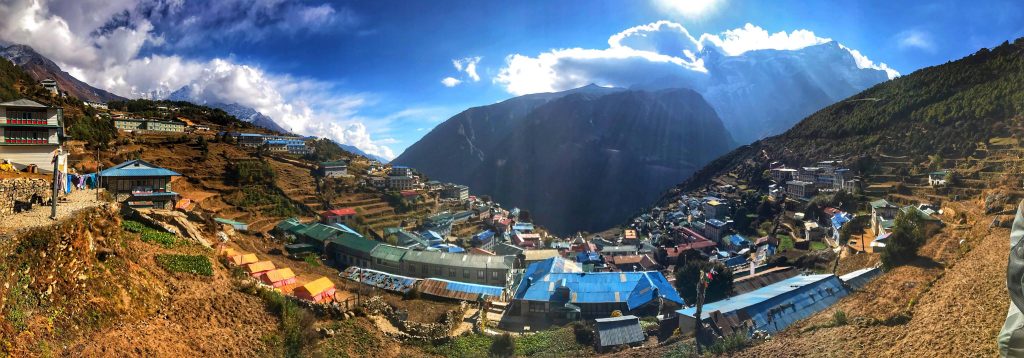
- The highlight place of Everest Base Camp Trek is Namche Bazaar is known as the capital of Sherpa where the best time to explore the Sherpa religion, culture, and customs. The capital of Namche is a large town built in the shape of a horseshoe.
- Everest Base Camp trek takes to the place of Sagarmatha national park headquarters. It is a UNESCO world heritage site therefore you need a permit to enter the National park.
- Along this site trail, you are very lightly to see rare animals Mask deer, mountain goats, and different species of birds such as like Blood pheasant, Tibetan Snow Cock, Himalayan griffon, and Nepal’s national bird the protected impeyan pheasant, called a Daphne in Nepali and also the full of the colorful blooming national flower of Nepal (rhododendron), Magnolia, Juniper and many more.
- Everest Base Camp Trek is the home to beautiful Buddhist monasteries; the square red monastery in Tengboche is one of the great high historical monasteries in Khumbu. And there are several sacred colorful monasteries in Khumjung, Pangboche. These monasteries are the best way to study the spiritual side of the Himalayan peoples. Mainly these monasteries’ prayers are highlighted for the visitors.
- Everest Base Camp is used now for trekking and also for expeditions. As you are in the spring season, this is peak climbing time for the summit so it will be a good time to see the thousands of people and the colorful camp set with tents as it should be full. The Everest Base Camp doesn’t give you proper views of the Top of The World. So you should have to go to Kalapathar the rocky scrambling black cliff rock. This upper Kalapathar is 5550m, where you can see the Top of The World, vertical peak Lhotse, Ama Dablam, and famous south col 8000m where most expeditions have set their highest camp for summit Mt. Everest. Truly this is one of the world’s most majestic mountain views.
When is the best time to trek to Everest Base Camp?
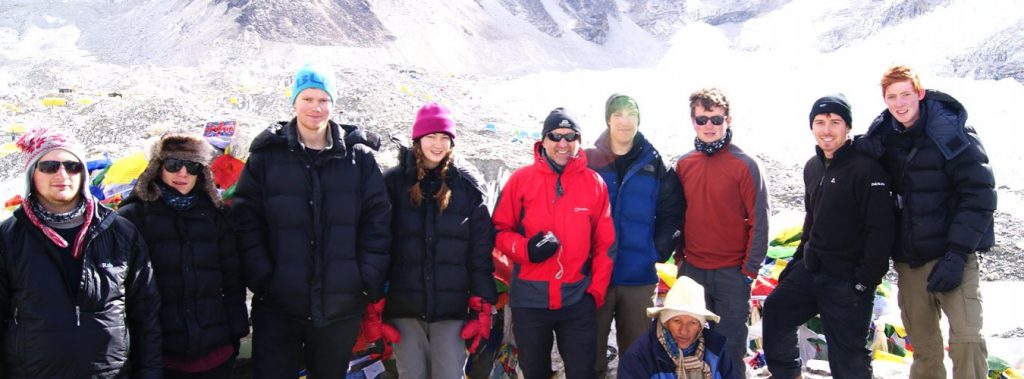
The best time to trek for Everest Base Camp is from mid of February to May and September to December. There are two seasons specially trekking in Everest Base Camp, that is spring and autumn season.
Spring season,
spring is from March to May and it gets hot in March, April, and May, just before the monsoon season.
Day time
The daytime temperature in March is around 12 degrees. This temperature goes up to 15-16 degrees in the month of April and peaks to almost 20 degrees in May. Devoid of biting cold and hot and wet summers, this is a glorious time for all Everest lovers.
Night time
The nighttime temperatures, although sometimes below zero are not alarmingly low. The lowest that nighttime temperatures get is -8 in March. This increases to -5 degrees in April and -3 in May
2: Autumn Season, autumn is September to December, early September is still will be raining and beautiful part of greenery and sky blue weather will be unbelievable. October and November is one of the perfect weather times for trekking in Everest Base camp. December reaches below zero temperatures but weather would be very clear and days are still beautiful and warm.
Day time
The maximum daytime temperature starts to go down from 20 degrees in September and falls to 12 degrees in November. The sun will not be as warm as that in the summers, but that is expected.
Night time
In September the average nighttime temperature is almost 3 degrees. This starts to fall down and reach about -7 degrees in November
Difficulties during Everest Base Camp Trek
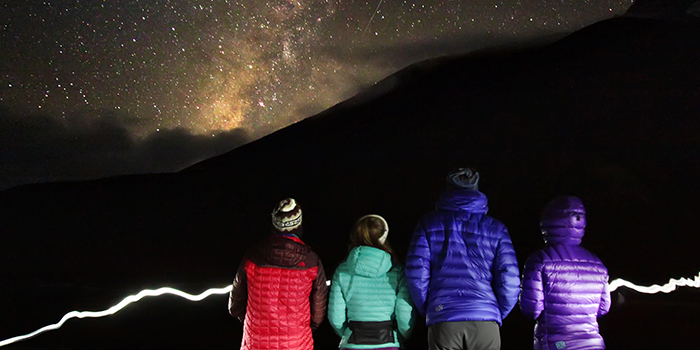
Flight to Lukla
For all the Everest Treks you will be flying from Kathmandu to Lukla and then at the end of the trek, you will need to do the return flight. This flight is very weather dependent and can be delayed or cancelled at short notice if the weather is not suitable for this mountain flight. At Top of the World Treks, we will do our best to manage this situation and if your flight is cancelled we will do all we can to get you on the next available flight. It maybe is possible for a helicopter to be charted but this will be at an extra cost and up to the group at the time. We plan extra days into our itineraries in case this happens but you are also welcome to plan extra days if you wish.
We can arrange sightseeing and tours in Kathmandu if you wish on these extra days. If the weather continues to see cancellation then it must be decided on the group whether to continue to wait or transfer the trek to another region such as Annapurna, Langtang or Manaslu. We will fully advise you if this becomes the case.
Altitude sickness
As we ascend above 3,000 meters, our bodies have to acclimatize to the decreasing amount of oxygen available. Failure to acclimatize may result in AMS. The onset of AMS is signaled by the symptoms set out below out mild AMS, and its progression to severe AMS under the headings HACE and HAPE. The best treatment for AMS is prevention as even mild symptoms may rapidly progress to the severe form of AMS (HACE and HAPE), which can be rapidly fatal. Any one symptom listed may indicate the onset of AMS.
Khumbu Cough
The Khumbu cough is in Everest Base Camp trek up to Manjo. The dry caugh also referred to as the dust and high altitude hack and the cough caused by the low humidity and temperatures associated with high altitudes.
Wi-Fi, ATM and showers price is extremely high.
In Everest Base Camp trek there is no any ATM machine to get cash from your card but money exchange is available with low rate than in Kathmandu. Using internet and Wi-Fi is available in the every places of Everest base camp trek but the price is very expensive it is depend on you to use. Hot shower also available till altitude of 4000m it is also expensive.
How to Avoid Mountain Sickness in Everest Base Camp Trek
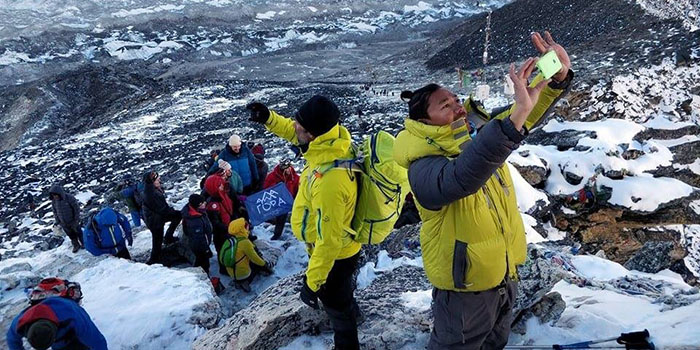
Ascent slowly, Keep to a maximum ascend rate (height between sleeping places) of 400 meters per day above 3000 meters and 250 meters per day above 4000meters.
Avoid dehydration. Drink sufficient water (3 – 4) liters or more per day at altitude) to keep your urine pale and plentiful.
Proper Acclimatization, do not allowed strenuous exercise while acclimatizing.
Avoid alcohol and cigarettes, during trekking up to the Everest Base camp is strictly prohibited alcohol and cigarettes because of your health security and to be prepared with mentally.
What is Important to Everest Base Camp Trek?
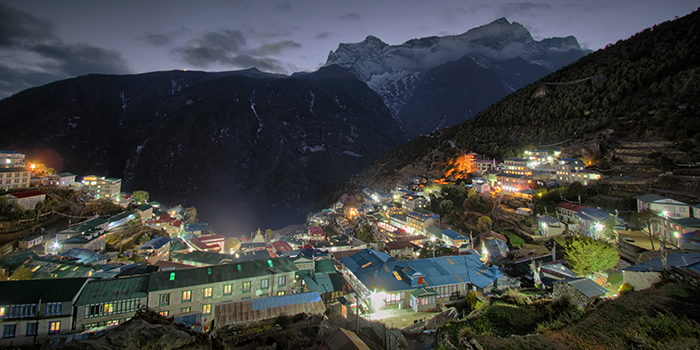
Please be aware that your safety while in Nepal is our number one propriety. All itineraries are subject to change if there are safety concerns, health concerns of people in the group, and/or weather concerns. This will be decided by the trek leader but we will always discuss the options with the group where possible to ensure people’s wishes are taken into account, however, the trek leader’s decision is final.
Now, you have it all about why intrepid trekkers will choose the Everest Base Camp Trek in Spring. Learn more at www.topoftheworldtreks.com for other destinations as well as the trekking season.

